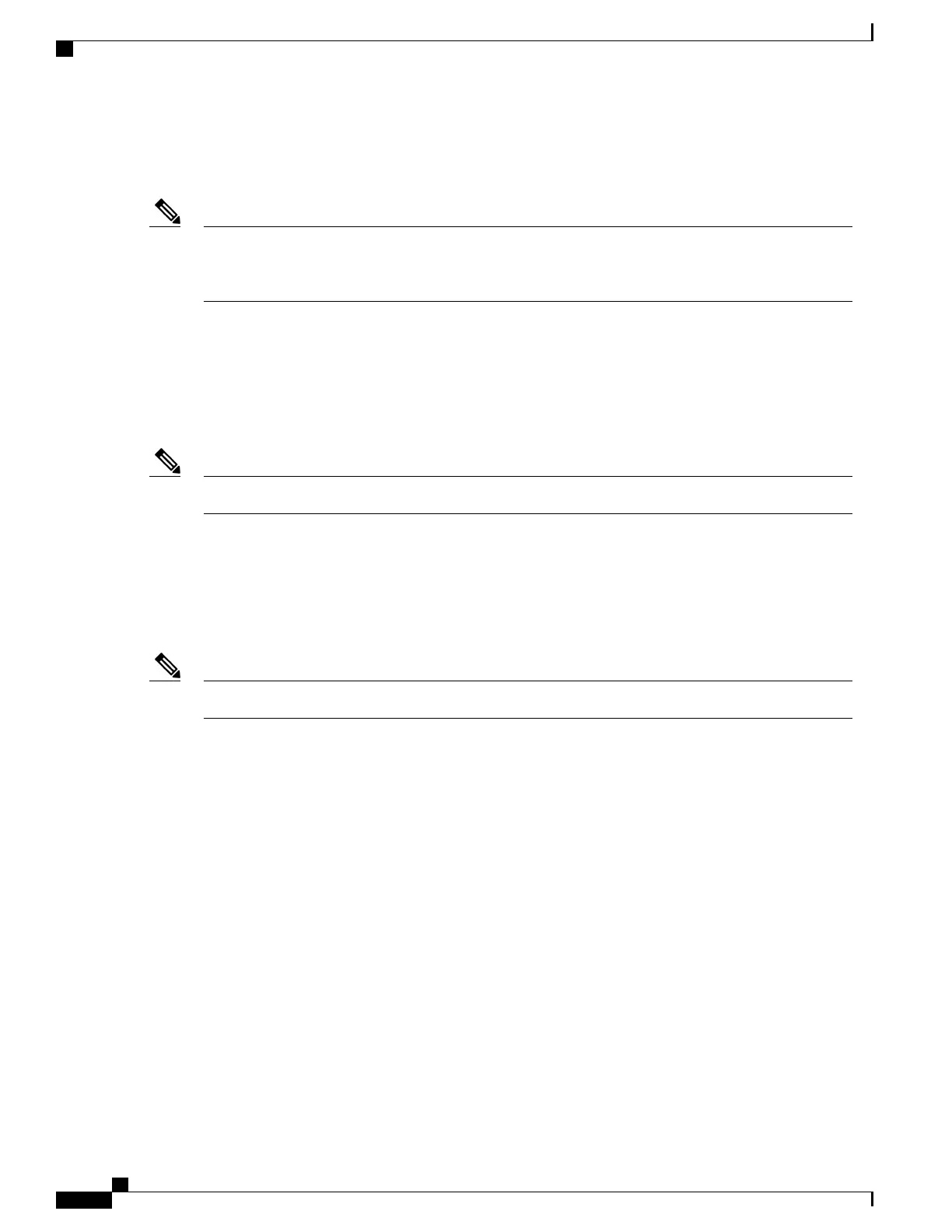The configuration for the SSH Version 2 server is similar to the configuration for SSH Version 1. The ip ssh
version command defines the SSH version to be configured. If you do not configure this command, SSH by
default runs in compatibility mode; that is, both SSH Version 1 and SSH Version 2 connections are honored.
SSH Version 1 is a protocol that has never been defined in a standard. If you do not want your device to
fall back to the undefined protocol (Version 1), you should use the ip ssh version command and specify
Version 2.
Note
The ip ssh rsa keypair-name command enables an SSH connection using the Rivest, Shamir, and Adleman
(RSA) keys that you have configured. Previously, SSH was linked to the first RSA keys that were generated
(that is, SSH was enabled when the first RSA key pair was generated). This behavior still exists, but by using
the ip ssh rsa keypair-name command, you can overcome this behavior. If you configure the ip ssh rsa
keypair-name command with a key pair name, SSH is enabled if the key pair exists or SSH will be enabled
if the key pair is generated later. If you use this command to enable SSH, you are not forced to configure a
hostname and a domain name, which was required in SSH Version 1 of the Cisco software.
The login banner is supported in SSH Version 2, but it is not supported in Secure Shell Version 1.Note
Secure Shell Version 2 Enhancements
The SSH Version 2 Enhancements feature includes a number of additional capabilities such as supporting
Virtual Routing and Forwarding (VRF)-Aware SSH, SSH debug enhancements, and Diffie-Hellman (DH)
group exchange support.
The VRF-Aware SSH feature is supported depending on your release.Note
The Cisco SSH implementation has traditionally used 768-bit modulus, but with an increasing need for higher
key sizes to accommodate DH Group 14 (2048 bits) and Group 16 (4096 bits) cryptographic applications, a
message exchange between the client and the server to establish the favored DH group becomes necessary.
The ip ssh dh min size command configures the modulus size on the SSH server. In addition to this, the ssh
command was extended to add VRF awareness to the SSH client-side functionality through which the VRF
instance name in the client is provided with the IP address to look up the correct routing table and establish
a connection.
Debugging was enhanced by modifying SSH debug commands. The debug ip ssh command was extended
to simplify the debugging process. Before the simplification of the debugging process, this command printed
all debug messages related to SSH regardless of what was specifically required. The behavior still exists, but
if you configure the debug ip ssh command with a keyword, messages are limited to information specified
by the keyword.
Secure Shell Version 2 Enhancements for RSA Keys
Cisco SSH Version 2 supports keyboard-interactive and password-based authentication methods. The SSH
Version 2 Enhancements for RSA Keys feature also supports RSA-based public key authentication for the
client and the server.
Consolidated Platform Configuration Guide, Cisco IOS Release 15.2(4)E (Catalyst 2960-X Switches)
1090
Information About Secure Shell Version 2 Support

